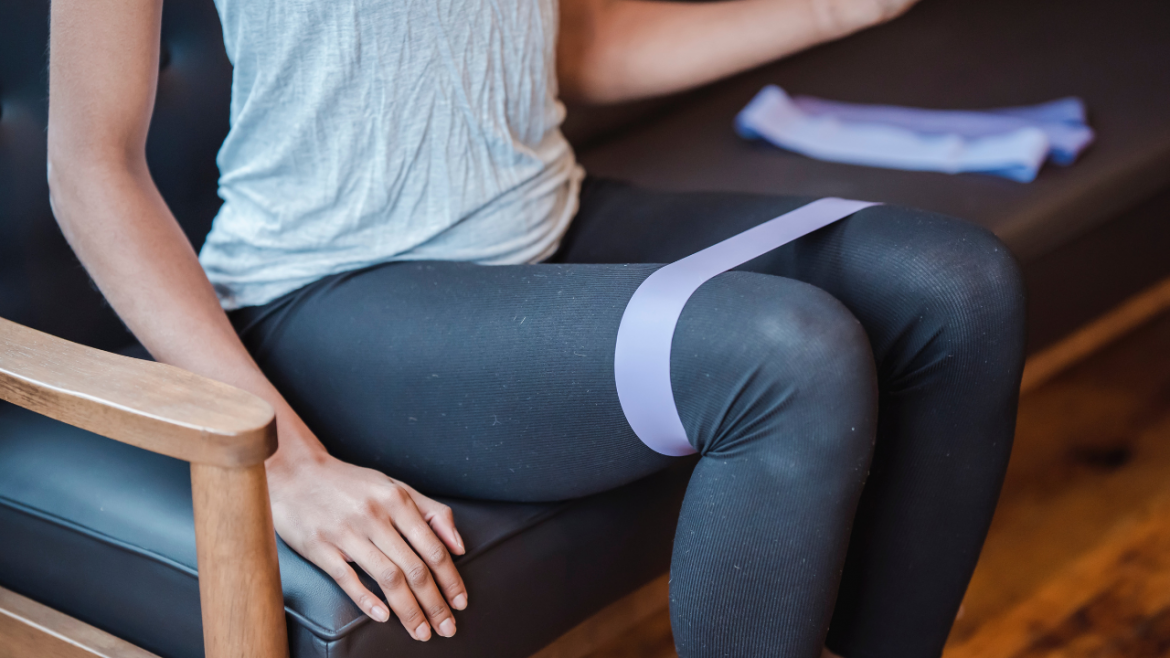How to Use Resistance Bands in a Senior Workout
How to Use Resistance Bands in a Senior Workout
Resistance bands are incredibly versatile and effective tools for senior workouts. These elastic bands, which come in various resistance levels, offer a safe and low-impact way for seniors to build strength, improve flexibility, and enhance overall fitness. In this article, we’ll explore the benefits of using resistance bands in a senior workout routine and provide a detailed guide on how to incorporate them into exercises.
Why Choose Resistance Bands for Seniors?
- Gentle on Joints: Resistance bands provide resistance without the jarring impact that can strain joints in traditional weightlifting. This makes them an excellent choice for seniors with arthritis or joint issues.
- Versatility: You can target various muscle groups with resistance bands, making them suitable for a full-body workout. They can replicate many traditional exercises, such as bicep curls, squats, and leg lifts.
- Portability: Resistance bands are lightweight and easy to transport, making them ideal for home workouts or when traveling.
- Customizable Intensity: Bands come in different resistance levels, so seniors can start with light resistance and gradually increase it as they become stronger.
- Safety: Using resistance bands with proper form reduces the risk of injury. Seniors can perform exercises in a seated position or use a chair for balance if needed.
Getting Started with Resistance Bands
Before beginning any exercise program, it’s essential for seniors to consult their healthcare provider to ensure that resistance band workouts are safe for their individual health conditions. Once they receive the green light, here’s how to get started:
1. Choose the Right Bands:
Select a set of resistance bands with different levels of resistance. Seniors should begin with a light or medium resistance band and progress to higher resistance levels as they build strength.
2. Warm-Up:
Start with a gentle warm-up to prepare the muscles. Simple arm circles, leg swings, and shoulder rolls can help increase blood flow and flexibility.
3. Proper Form:
Focus on maintaining proper form during exercises to avoid strain. Seniors should perform each movement slowly and steadily, emphasizing controlled motions over speed.
4. Start with Basic Exercises:
Beginners can begin with these basic resistance band exercises:
- Seated Leg Press: Attach the band to a sturdy object and loop it around your ankles. Sit with your back straight and press your legs outward against the band’s resistance.
- Bicep Curl: Step on the band with one foot and hold the other end with your hand. Curl your hand toward your shoulder while keeping your elbow stationary.
- Seated Row: Sit on the floor with your legs extended, loop the band around your feet, and hold the ends. Pull the band toward your torso, squeezing your shoulder blades together.
- Chest Press: Secure the band around a doorknob at chest height. Stand facing away from the door, holding the ends in each hand. Push your arms forward to work your chest muscles.
5. Gradual Progression:
As seniors become more comfortable with these exercises, they can gradually increase the number of repetitions and resistance levels.
6. Cool Down:
Finish the workout with gentle stretching to promote flexibility and prevent muscle stiffness.
Benefits of a Senior Resistance Band Workout
Incorporating resistance bands into a senior workout routine offers numerous advantages:
- Strength Improvement: Regular resistance band exercises help seniors build muscle strength, enhancing their ability to perform daily activities.
- Flexibility: Resistance bands support a wide range of motion, aiding in improving flexibility and joint mobility.
- Balance and Stability: These workouts can enhance balance and stability, reducing the risk of falls, a common concern for seniors.
- Mood Enhancement: Exercise, including resistance band workouts, releases endorphins, promoting feelings of well-being and reducing stress and anxiety.
- Independence: By maintaining strength and mobility, seniors can preserve their independence and continue living an active lifestyle.
Seniors seeking an effective and accessible way to stay fit and healthy should consider incorporating resistance bands into their workout routines. With proper guidance and regular practice, these exercises can significantly contribute to their overall well-being and quality of life. Always remember to consult a healthcare professional before starting any new exercise program, especially for seniors with preexisting health conditions.

